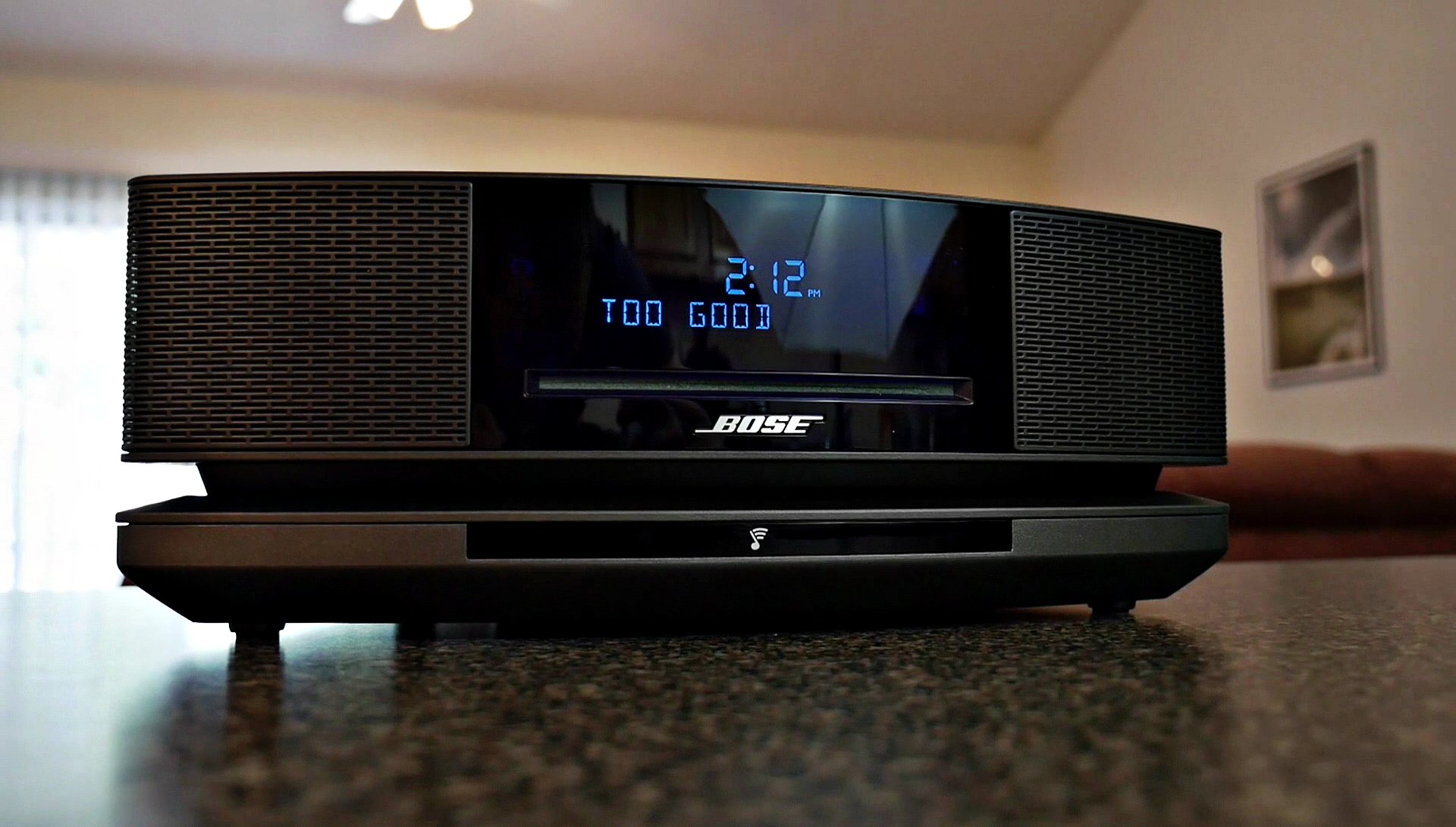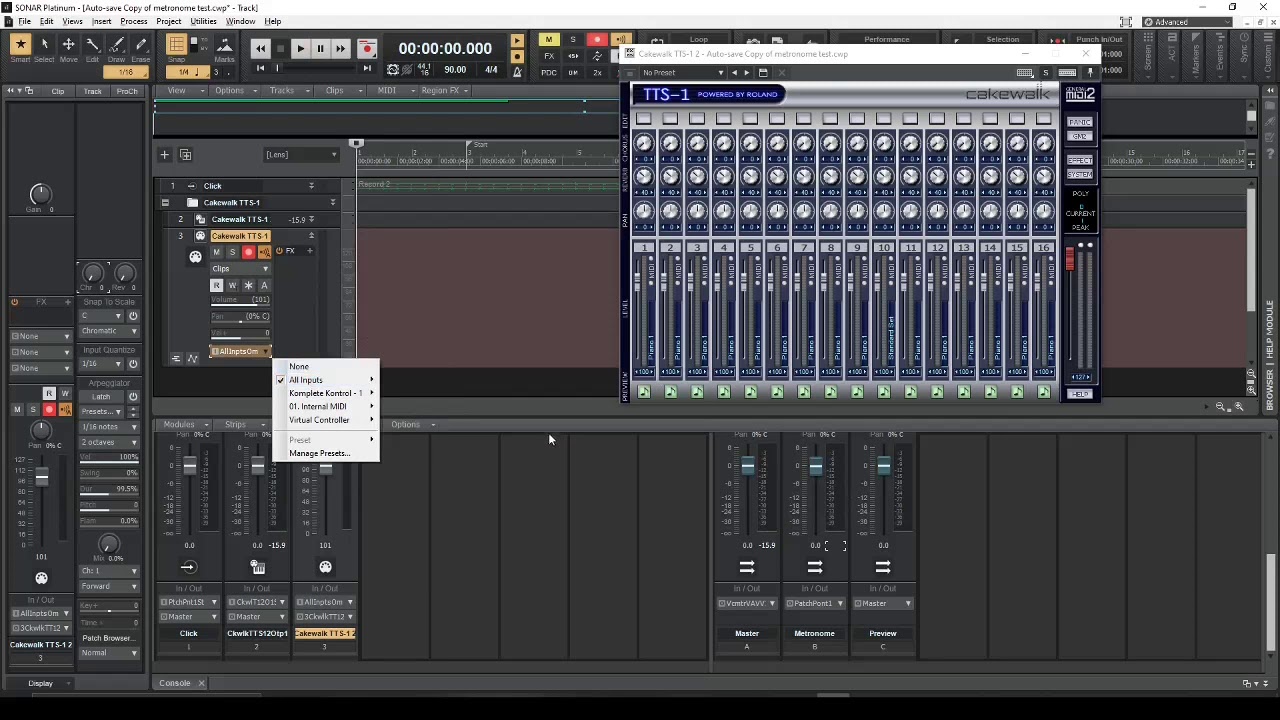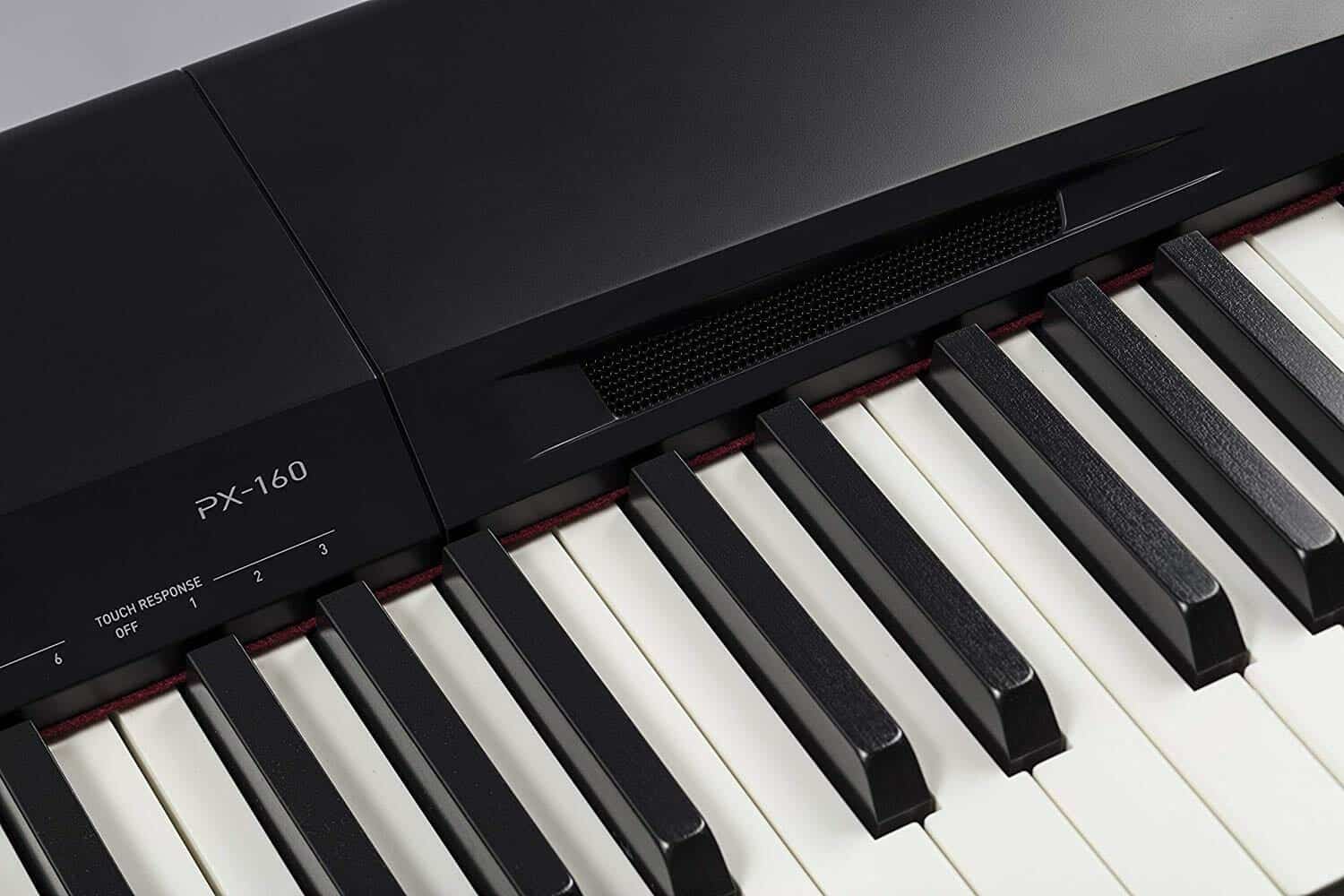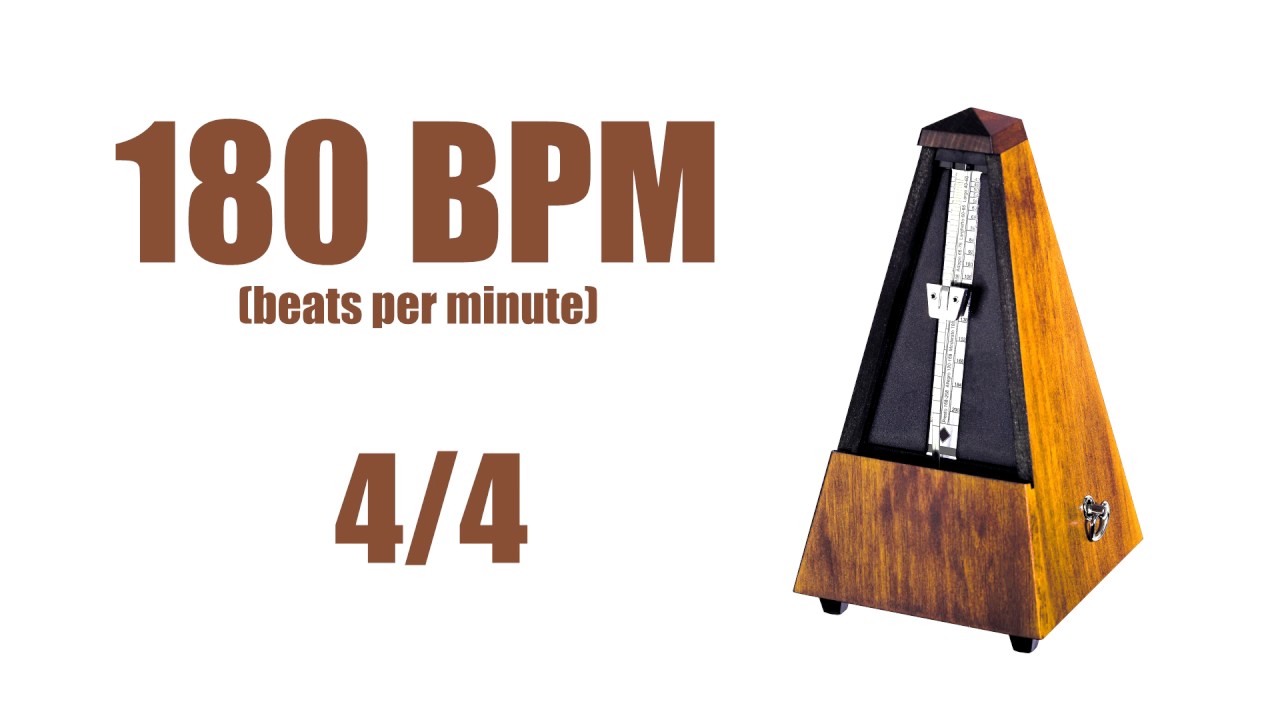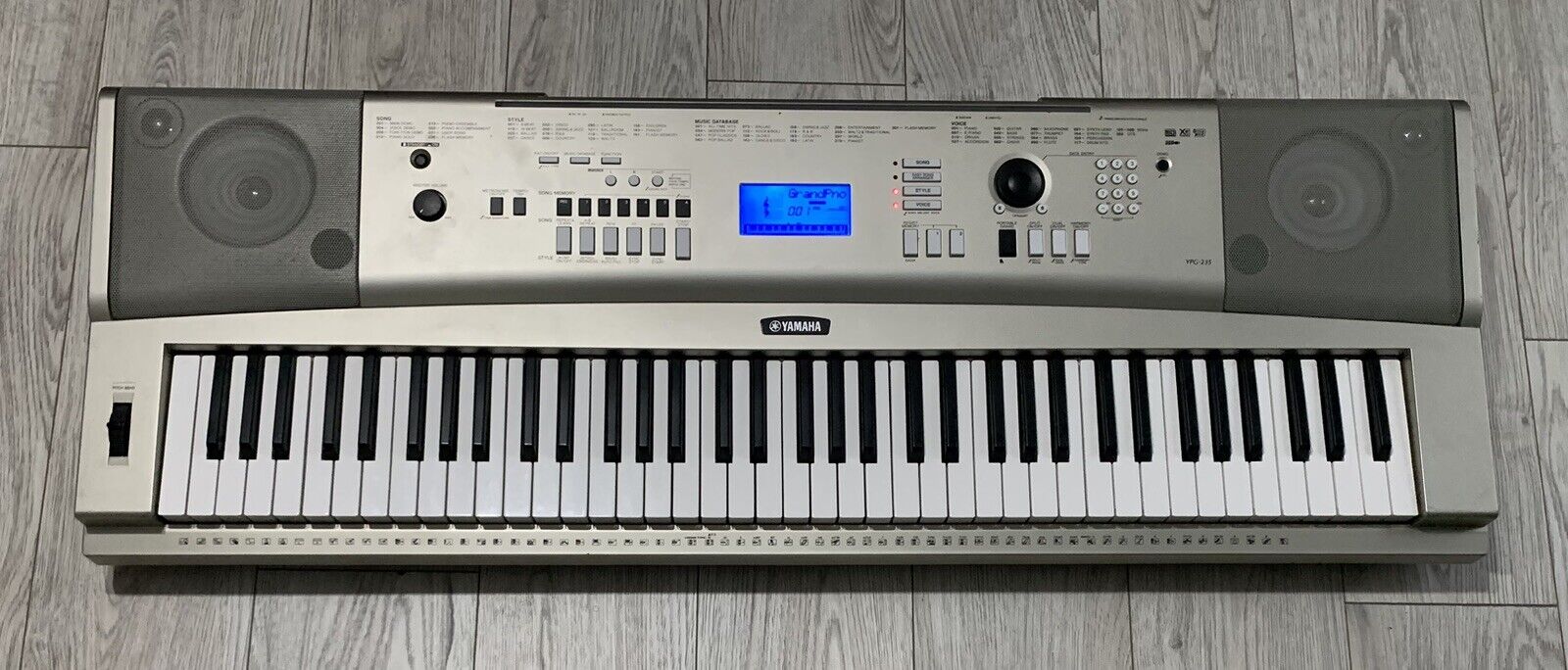Home>Production & Technology>Metronome>How To Set 3/8 Time On A Wittner Metronome


Metronome
How To Set 3/8 Time On A Wittner Metronome
Published: January 14, 2024
Learn how to set the 3/8 time signature on a Wittner metronome and improve your rhythmic accuracy. Enhance your practice sessions with this essential metronome tool.
(Many of the links in this article redirect to a specific reviewed product. Your purchase of these products through affiliate links helps to generate commission for AudioLover.com, at no extra cost. Learn more)
Table of Contents
Introduction
Welcome to our guide on how to set 3/8 time on a Wittner metronome. Whether you are a professional musician, a student learning to play an instrument, or a music enthusiast, having a metronome is essential for practicing and improving your sense of rhythm and timing. A metronome not only helps you set a steady beat but can also be valuable in mastering different time signatures.
In this article, we will focus on understanding 3/8 time and provide you with step-by-step instructions on setting it on a Wittner metronome. By the end, you’ll have the knowledge to confidently use your metronome to play in this specific time signature.
So, let’s dive in and explore the exciting world of 3/8 time and how to set it on your Wittner metronome!
Before we delve into the intricacies of 3/8 time and using a Wittner metronome, let’s take a moment to understand the significance of time signatures in the world of music.
Understanding 3/8 Time
Time signatures play a crucial role in music notation, indicating the rhythmic structure of a piece. They consist of two numbers stacked on top of each other. The top number represents the number of beats per measure, while the bottom number indicates the type of note that receives one beat. In the case of 3/8 time, the top number is 3, signifying three beats per measure, and the bottom number is 8, indicating that the eighth note receives one beat.
3/8 time is classified as a simple triple meter, meaning it consists of three beats per measure, with each beat subdivided into three eighth notes. It is often associated with faster-paced and dance-like music, such as waltzes, minuets, or scherzos. The 3/8 time signature creates a sense of energy and movement, providing a lively and rhythmic feel to the music.
When playing in 3/8 time, it is important to maintain a steady tempo and emphasize the first beat of each measure. The eighth notes should be played evenly, with a light and flowing motion to maintain the desired characteristic of the time signature.
Now that we have a good understanding of 3/8 time, let’s explore the specific steps you can follow to set it on your Wittner metronome.
What Is a Wittner Metronome?
A Wittner metronome is a popular and well-regarded brand of mechanical metronome that has been trusted by musicians for decades. Founded in Germany in 1895, Wittner has established itself as a leading manufacturer of high-quality metronomes known for their precision and durability.
Wittner metronomes are often favored by musicians due to their reliable performance and user-friendly design. They feature a traditional pyramid shape with a weighted pendulum that swings back and forth to provide a visual and audible reference for keeping time. The metronome produces a distinct ticking sound, allowing players to synchronize their playing with the beat.
One of the key advantages of a Wittner metronome is its accuracy. The mechanism is crafted with precision to ensure a consistent and reliable beat, helping musicians develop a strong sense of timing and rhythm. Additionally, the metronomes are designed with adjustable tempo settings, allowing users to customize the beat according to their specific needs or the requirements of the music they are practicing.
Wittner metronomes are available in various models, ranging from basic mechanical metronomes to advanced electronic versions with additional features such as digital displays, volume control, and programmable patterns.
Whether you are a beginner learning to play an instrument or a professional musician preparing for a concert, a Wittner metronome can be an invaluable tool in your musical journey. Its reliable performance, accurate timing, and user-friendly design make it a favorite among musicians of all levels of expertise.
Now that we have an understanding of what a Wittner metronome is, let’s discover how to set 3/8 time on this exceptional device.
Steps to Set 3/8 Time on a Wittner Metronome
Now that you have a Wittner metronome in your hands and understand the basics of 3/8 time, let’s go through the steps to set this time signature on your metronome:
- Start by locating the tempo adjustment knob or slider on your Wittner metronome. This is usually located on the front or side of the device. It allows you to adjust the speed of the metronome’s beat.
- Turn the knob or move the slider to set the desired tempo for your 3/8 time. The tempo can be indicated using a tempo marking like “quarter note = 120” or simply by using the beats per minute (BPM) value.
- Next, locate the time signature selection mechanism on your Wittner metronome. This can be a small lever or a switch that allows you to choose the desired time signature.
- Slide the lever or switch to the “3/8” position to set the metronome to the appropriate time signature.
- Ensure that the metronome is wound up or powered on, depending on the type of Wittner metronome you have. This will activate the pendulum or digital display.
- Press the metronome’s start button or flip the switch to start the metronome’s beat. You will now hear and see the metronome ticking at the set tempo and in the 3/8 time signature.
- Begin playing your instrument or practicing your music, making sure to follow the metronome’s beat. Focus on accentuating the first beat of each measure and maintaining a steady and even rhythm throughout.
Remember, practicing with a metronome is not only about playing in time but also about developing a strong sense of rhythm and timing. Start by setting a comfortable tempo and gradually increase it as you become more comfortable. As you progress, you can explore different rhythms and musical styles within the 3/8 time signature.
By following these simple steps and incorporating regular practice sessions with your Wittner metronome, you will be well on your way to mastering 3/8 time and improving your overall musical skills.
Now that you are equipped with the knowledge of setting 3/8 time on your Wittner metronome, it’s time to dive into practice and explore the wonderful world of music!
Conclusion
Congratulations! You have now learned how to set 3/8 time on your Wittner metronome. By understanding the fundamentals of 3/8 time and following the provided steps, you are equipped to practice and perform in this exciting time signature.
A Wittner metronome is a reliable and valuable tool for musicians of all levels. It helps you develop a strong sense of rhythm, improve your timing, and enhance your overall musicality. By utilizing your metronome and practicing regularly, you will build the foundation necessary to become a skilled and confident musician.
Remember to focus on accentuating the first beat of each measure in 3/8 time and maintain a steady and even rhythm throughout. Start with a comfortable tempo and gradually increase it as you become more proficient. Experiment with different musical styles and rhythms within the 3/8 time signature to expand your musical repertoire.
Whether you are a guitarist strumming chords, a pianist playing intricate melodies, or a drummer setting a solid foundation, practicing with a metronome in 3/8 time will contribute to your musical growth and refinement.
So, grab your instrument, set your Wittner metronome to 3/8 time, and let the rhythmic journey begin! Embrace the energy and liveliness of 3/8 time while honing your skills and enjoying the music-making process.
With dedication, practice, and the support of your trusty Wittner metronome, you will continue to progress on your musical journey and reach new heights as a musician. So keep practicing, stay motivated, and let the rhythm guide you to success!

